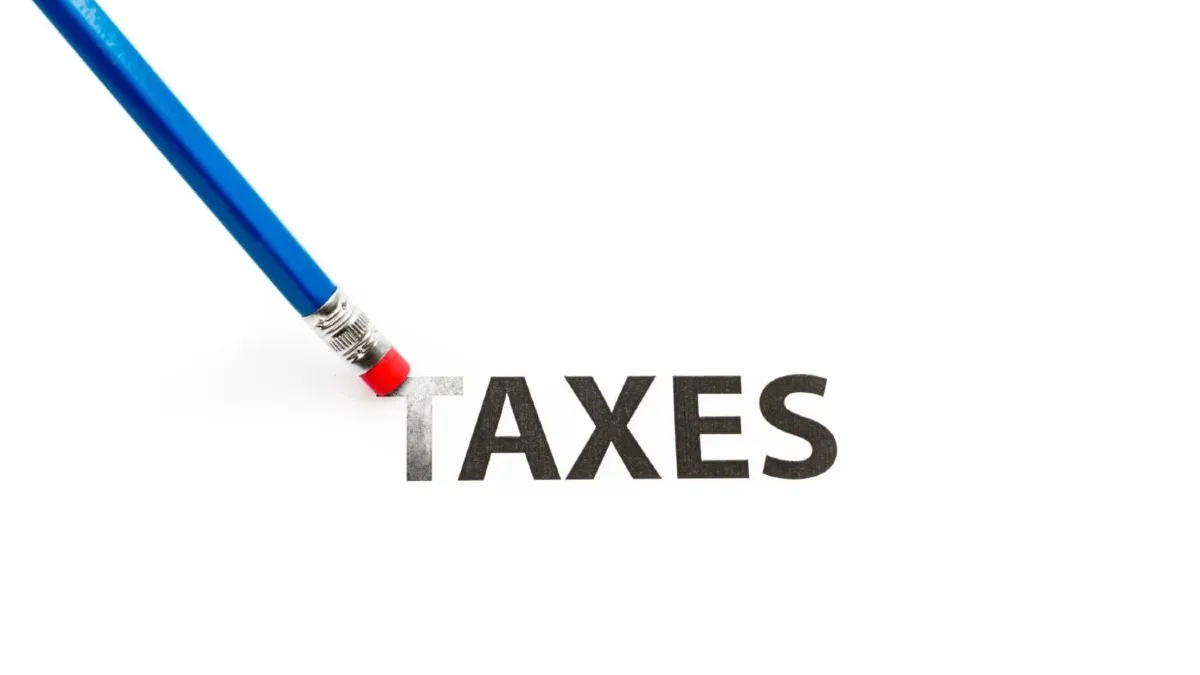The Wash Sale Rule is one of the most common and confusing pitfalls for investors, especially those who try to "buy the dip" immediately after selling a stock for a loss. The IRS created this rule to prevent taxpayers from artificially reducing their tax bill without actually changing their investment position.
Understanding the wash sale rule is important because violating it can lead to unexpectedly high capital gains taxes.
What is a Wash Sale?
A wash sale occurs when you sell a security (like a stock or ETF) for a loss and, within a 61-day period surrounding the sale, you buy the "same or substantially identical security."
The 61-Day Window
The critical window is 30 days before the date of the loss sale and 30 days after the date of the loss sale.
- Example of a Violation: You sell 100 shares of XYZ stock on May 1st for a $500 loss. If you buy those same 100 shares of XYZ stock any time between April 1st and May 31st, you have triggered a wash sale.
The Penalty: Loss Disallowance
If a wash sale is triggered, the IRS disallows the tax deduction for the loss in the current year.
- The Adjustment: The disallowed loss is not lost forever. Instead, it is added to the cost basis of the new, replacement shares you purchased. This ultimately reduces your capital gain (or increases your capital loss) when you eventually sell the replacement shares later on.
- Why this matters: It delays your ability to claim the tax benefit, forcing you to pay higher taxes in the current year.
How to Avoid the Wash Sale Rule
Avoiding a wash sale is simple: stick to the 30-day rule. However, since you may want to re-enter a position, here are common strategies:
Strategy 1: The 31-Day Wait
The simplest method: sell the stock for a loss, and then wait a minimum of 31 days before buying it back. This takes you completely outside the IRS window.
Strategy 2: Buy a "Different" Security (Promoting Brokerages)
If you believe the sector or market will rebound immediately and you don't want to wait 31 days, you can invest the funds into a stock or ETF that is not substantially identical to the one you just sold.
- Example: You sell an ETF tracking the S&P 500 (like VOO) for a loss. You can immediately buy an ETF tracking the total U.S. stock market (like VTI) or a different sector (like a tech ETF). Because VTI and VOO are generally considered substantially identical, this strategy may be risky. It is safer to switch to an asset in a completely different sector.
- Brokerage Clarity: Brokers like Fidelity and Vanguard are generally meticulous about reporting wash sales generated within their own accounts on your Form 1099-B. However, they won't track activity in accounts you hold at other brokerages.
How to Manage and Report Wash Sales
Tracking wash sales manually is tedious and prone to error, especially if you trade frequently or hold the same stock across multiple accounts.
1. Broker Reporting (The First Line of Defense)
Your broker (e.g., Fidelity or Vanguard) is required to report wash sales that occur within that single account directly on your Form 1099-B.
- They will automatically calculate the disallowed loss and adjust the cost basis of the replacement shares for you. This simplifies your job dramatically.
2. Tax Software Reporting (Promoting TurboTax)
You are legally responsible for wash sales that occur across different accounts (e.g., selling for a loss in your Vanguard account and buying the same stock in your Fidelity account). Your brokers cannot track this cross-account activity.
- The Solution: Tax preparation software like TurboTax allows you to input the 1099-B forms from all your brokerages. The software then compares the dates and tickers across all accounts to identify cross-account wash sales and makes the necessary adjustments to your Form 8949 before filing. This ensures you comply with the law without manual date tracking.
Conclusion
The wash sale rule exists to maintain fairness in the tax system. For most investors, avoiding it is simple: wait 31 days before repurchasing a stock you sold for a loss. Rely on your broker's 1099-B reporting and tax software like TurboTax to catch any complicated cross-account wash sales, ensuring your tax filing is accurate.






